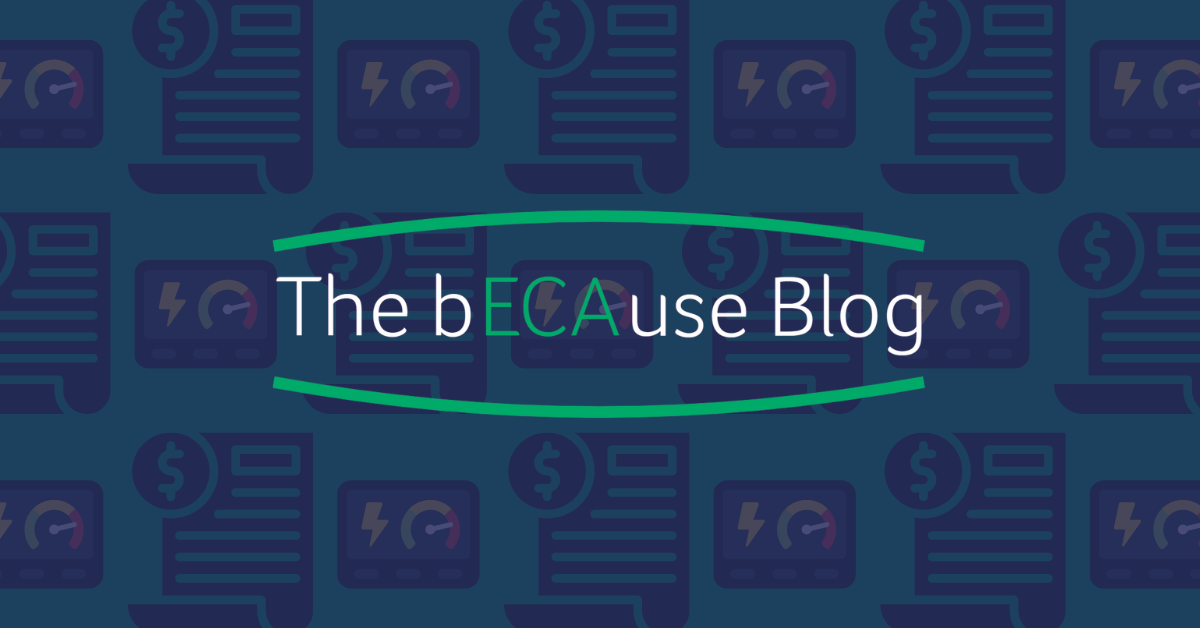Our Director of Advocacy and Communications, Chris Alexander, and Director of Research, Lynne Gallagher, provided oral evidence to the NSW Legislative Council Inquiry into Electricity, Supply, Demand and Prices in NSW.
The major themes their testimony touched on included: the extent and nature of the energy affordability crisis; the fact that energy markets are not serving consumers interests well; and, Energy Consumers Australia’s recent research into the prices being paid by small business consumers.
Below is a short excerpt of the comments from Chris Alexander:
Thank you for the opportunity to appear before this important and very timely inquiry. I will start by introducing Energy Consumers Australia. We are the national voice for household and small business energy consumers. We were established by the COAG Energy Council in 2015. As a new consumer body, our focus in our first three years has been to build a picture of how households and small businesses are faring in the national energy market. As I have mentioned, we do this through research, through direct engagement with consumers and through our collaborative work with other consumer bodies.
I just want to take some time quickly to give a sense of what we have found through our research. Really, we need to start with the acute energy affordability challenges consumers are now facing. We know what prices have done in the last 10 years, but also, more recently, in the last 12 months we have essentially seen a doubling, and that is obviously putting huge pressure on families and small businesses. We have received feedback over the last 12 months from people. I had a call from Michael from Killara – a self-funded retiree, fixed income; 20 per cent price rises without really a proper explanation from the retailer about the basis for their change or, more importantly, what Michael could do to try and manage his consumption and keep his bill down. This is somebody who is actively engaged in the energy market – knows about peak and off-peak and is doing lots of things to shift his load.
More recently we had feedback from somebody who was concerned about pricing, investigated what we can informally call a “bucket plan”, was initially attracted to an offer because it looked an awful lot cheaper than the arrangement they were on, only to find when they dug into it that it looked cheaper because it was being quoted on a monthly rate rather than a quarterly rate. Also, other consumers and consumers that are in different circumstances who have switched, have not received a bill for eight months and then received a $35,000 bill, which they then have to chase up through Ombudsman services and it is obviously quite a stressful process to resolve.
Below is a short excerpt of the comments from Lynne Gallagher:
We have collected in one place what retail offers are in front of small business. We know what price offers they are getting and we have looked at the trends over time in those price offers. We picked a
representative level which we think is about right. There will be bigger businesses than that and smaller businesses than that. In New South Wales they have a bill of $6,000. That is a 30 per cent increase in 18 months. We are concerned about how do you be a competitive business. I do not think that any of us think you can pass through a 30 per cent increase in electricity bills to your customers.
There has been good work done in Queensland. I run a grants program. There are people who are advocates for their communities and consumers and are doing research. They surveyed a number of businesses across regional Queensland and asked what they do with a 33 per cent increase in the bill. It was similar to New South Wales. And what they are doing is just surviving. It means job losses. It means a cut in profitability. It means the business owner working longer hours. That goes to some of the things we are now going to talk about, questions you have about what does that mean and what can we do. There are overall system affordability challenges.
Where we come from is thinking about how do we put tools and information in the hands of small business that allow them to navigate this. There are opportunities to look at ways in which they might manage demand. Some of those do mean investment on their part. It may mean investment in solar, in on-farm. What we do not want them to do is do on-farm diesel. We would like to see them doing on-farm solar. We spend a lot of time working with agricultural groups as well. There are also a lot of community energy solutions.I have a background in agriculture, I used to work for NSW Farmers.
In these communities farming businesses are the backbone of the community. There are opportunities to look for community solutions. Rather than having everybody put in on-farm solar look at shared community solar that might power the local hospital or provide back up for the local hospital or for the school. There are lots of solutions that we are looking for. What that comes to is that there is no silver bullet, no one easy answer. We have to find ways to have a conversation about shared opportunities.
The full transcript of Energy Consumers Australia’s evidence is available here.
The homepage for the inquiry can be found here.


